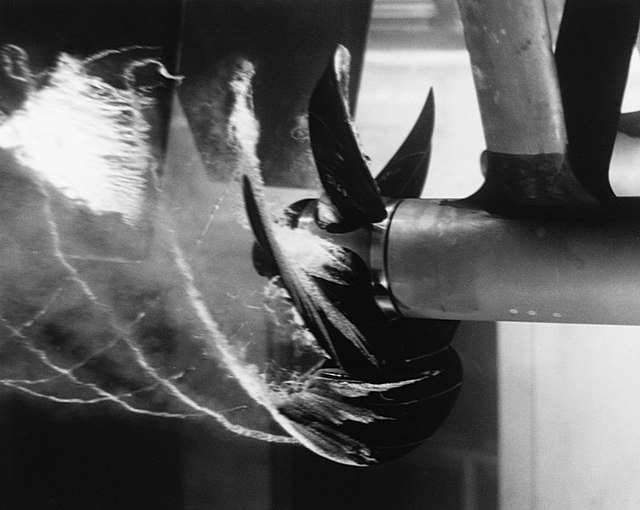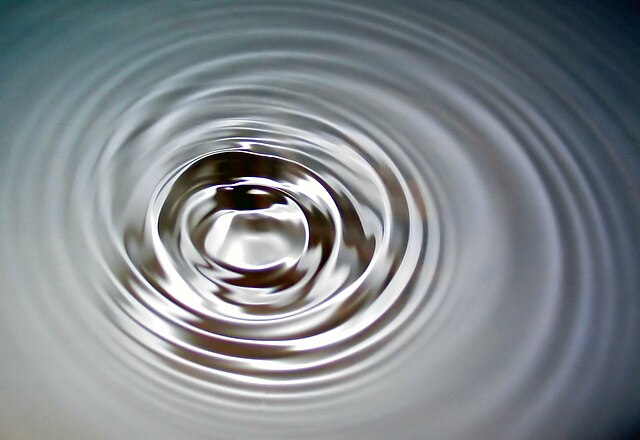Wetting is the ability of a liquid to maintain contact with a solid surface, resulting from intermolecular interactions when the two are brought together. This happens in presence of a gaseous phase or another liquid phase not miscible with the first one. The degree of wetting (wettability) is determined by a force balance between adhesive and cohesive forces. There are two types of wetting: non-reactive wetting and reactive wetting.
Water bead on a fabric that has been made non-wetting by chemical treatment.
Figure 6: Schematic of advancing and receding contact angles
Figure 9: "Petal effect" vs. "lotus effect"
Strands of an uncharged ferrocene-substituted polymer are tethered to a hydrophobic silica surface. Oxidation of the ferrocenyl groups produces a hydrophilic surface due to electrostatic attractions between the resulting charges and the polar solvent.
A liquid is a nearly incompressible fluid that conforms to the shape of its container but retains a nearly constant volume independent of pressure. It is one of the four fundamental states of matter, and is the only state with a definite volume but no fixed shape.
The formation of a spherical droplet of liquid water minimizes the surface area, which is the natural result of surface tension in liquids.
A lava lamp contains two immiscible liquids (a molten wax and a watery solution) which add movement due to convection. In addition to the top surface, surfaces also form between the liquids, requiring a tension breaker to recombine the wax droplets at the bottom.
Cavitation in water from a boat propeller
Surface waves in water








